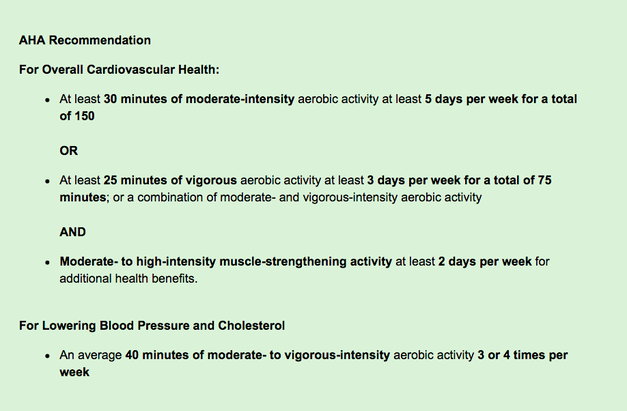Muscles Here is a quick crash course on muscles and how they work. We have three types of muscle in our bodies: cardiac muscle (only found in the heart), smooth muscle (make up our gut and our blood vessels), and skeletal muscles (biceps, quads, abs). Skeletal muscles are the only type that we can voluntarily contract. These are the ones that we actively train when we exercise. Skeletal muscles allow us to move our bodies and live as mobile beings! They cross from one joint to another or cross multiple joints. Contracting and relaxing them in different ways is how we learn to take our first steps. Learning these motor skills involves a complex series of trial and error as an infant and even later in life when learning a new sport or cool dance moves! Aerobic vs. Anaerobic Exercise We can contract our skeletal muscles voluntarily in different ways. Large muscles moved in rhythmic and continuous ways falls under the aerobic category while intense movement in short durations is anaerobic in nature. In fact, there are different muscle fibers dedicated specifically to these two types of strengthening exercises. If you compare the body of a long distance runner to a sprinter, you’ll see that the former has lean, thin muscles while the latter has thicker, bulkier muscles. Both individuals are very strong in their own ways. The runner has trained more of what we call Type 1 muscle and the sprinter has trained more of the Type 2 muscle. If you are not training for a specific sport and are just looking to have well-rounded strength, it is important to train both types of muscle fibers. Examples and Benefits of Strengthening Exercise: Aerobic Exercise:
Anaerobic Exercise
Aerobic Exercise May Improve:
Anaerobic Exercise May Improve:
What you should do with this information: The reason I explained these two types of exercises to you is so you can get an understanding of how to incorporate a little bit of both into your daily or weekly exercise routine. Here is information directly from the American Heart Association’s (AHA) website on recommendation for exercise. As you can see, maintaining good health involves keeping your muscles healthy through a regular strengthening program. The AHA recommends to perform a combination of aerobic and anaerobic activity throughout the week, as both provide their own benefits. Stronger muscles directly correlate with improved overall health.
Last Thoughts. If you already have a regular exercise program, consider the recommendations above to create a more well-rounded program. For example, if your only form of exercise is Pilates, which is anaerobic, perhaps add elliptical or treadmill running a few times a week. Or if your weekly form of exercise is running 2-3 times a week, think about adding gentle weight training. If you have a history of cardiac issues, it’s best to consult with your cardiologist before starting a new exercise program. If you are new to exercising and are concerned of past injuries, it is best to consult with a physical therapist. If you are injury-free and have no cardiac issues, you can check in with a personal trainer on the best exercise plan for you. References:
Comments are closed.
|
Dr. GaziWelcome! Learn something of value, solve some of your problems, and feel a whole lot better with Sneha Physical Therapy's blog! Categories |
|
Sneha Physical Therapy
Copyright 2022 . All Rights Reserved .
Copyright 2022 . All Rights Reserved .



 RSS Feed
RSS Feed